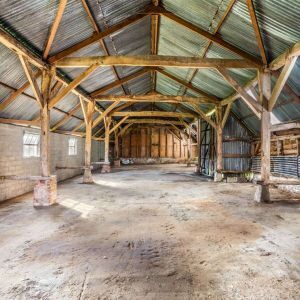
Test Valley Borough Council: It is increasingly the case that you cannot just go ahead with permitted development without first making some kind of application to the Local Planning Authority. In plenty of cases now two applications are necessary – prior approval and Regulation 77 approval.
The Conservation of Habitats and Species Regulations 2017 say that you cannot go ahead with permitted development which is “likely to have a significant effect” on a European site (alone or in combination with other plans) until you have had approval from the Local Planning Authority (“Regulation 77 approval”). European sites are highest level of designated wildlife sites. The authority can only give this approval if you can convince them that the proposal will not adversely affect the integrity of the relevant European site.
New housing (or other overnight accommodation) is deemed to be likely to have a significant effect on a European site across virtually the whole of our Dorset and Hampshire areas (including anywhere which drains into the Solent, the Hampshire or Salisbury Avon catchment, anywhere which drains into Poole Harbour or the Somerset Levels or lies within 5km of a designated Dorset Heathland or within 13.8km of a New Forest SPA/SAC). What this means is that Regulation 77 approval is required before undertaking for any permitted development which creates a new dwelling in these areas. It is also sometimes required for other permitted development such as temporary campsites.
A Regulation 77 application will usually require mitigation to be provided in order to show the relevant European site would not be harmed. This recent approval involved a barn conversion to a dwelling (Class Q permitted development for which prior approval had seperately been granted) at Kings Somborne. The likely significant effects were the impact of additional nitrogen on the Solent and recreational impacts on the New Forest SPA/SAC. The latter issue was simply dealt with by way of a standard payment. Using the Natural England calculator we were able to demonstrate that the development did not actually create additional nitrogen taking into account the adjoining area of land which was to be taken out of agricultural and be managed as wildflower meadow. This required us to create a management plan for the land and our client to enter into a legal agreement to ensure that this was to be followed in perpetuity.
Nutrient neutrality remains a persistent headache for developers in our area, particularly individuals and small developers but where possible we continue to try and come up with solutions to overcome the issues. If you have a query about nutrient neutrality or whether you require a Regulation 77 approval contact Pure Town Planning to speak to one of our consultants.
